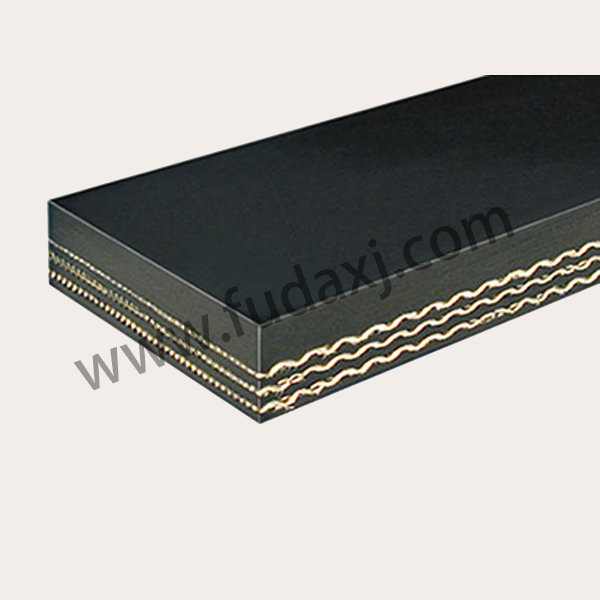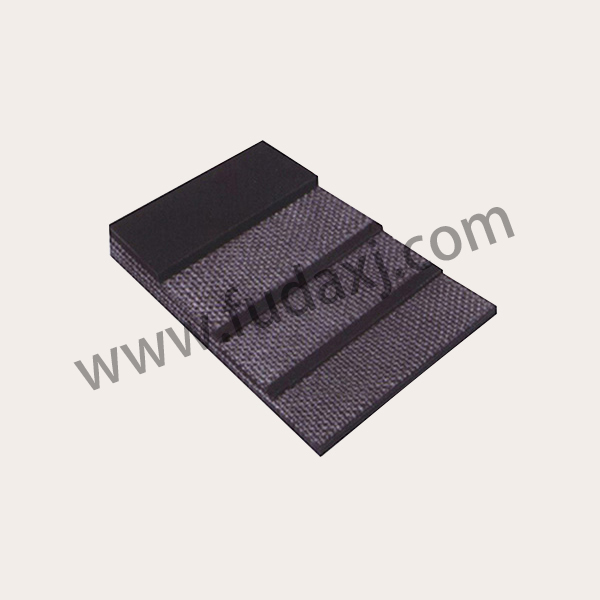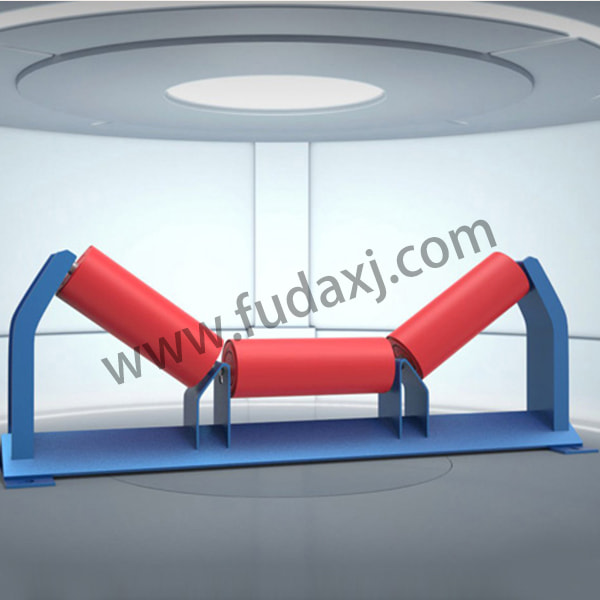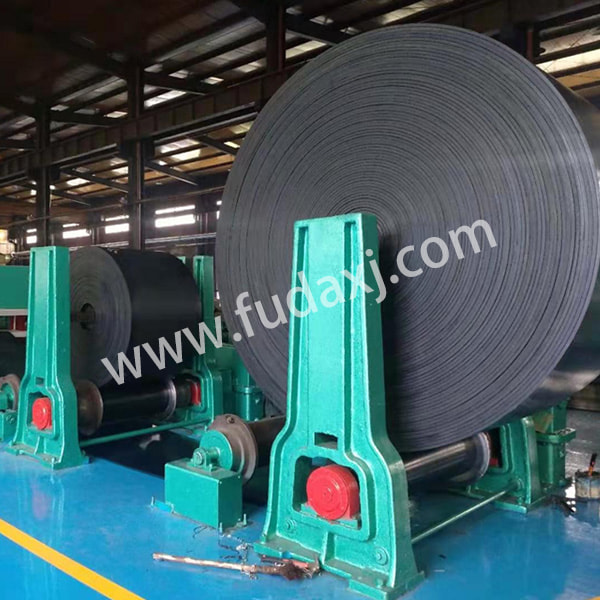
Various repair methods for conveyor belts
Conveyor belt cold vulcanization repair
1. Grind the damaged parts of the conveyor belt with an angle grinder and a tungsten steel grinding disc.
2. According to the size of the damaged part of the conveyor belt, select the corresponding conveyor belt patch or repair strip with a semi-vulcanized layer (the repair strip or patch is at least 15~20mm larger than the damaged part). Inmate recommends using a semi-vulcanized layer. , repair sheet, material without semi-vulcanized layer is recommended to carry out deep grinding on the bonding surface.
3. Apply the belt glue to the damaged part of the conveyor belt and the semi-vulcanized surface of the conveyor belt repair strip, let it dry for a while, and then do the second brushing (air it until it is not sticky, generally five minutes at room temperature) .
4. Straighten the repair strip and stick it on the grinding surface of the conveyor belt, and use a rubber hammer or a compaction roller to tap and compact it to drive out the air.
Reminder: If the ambient temperature is too low, it is recommended to use an iodine tungsten lamp or a hot air gun for heating for 0.5-1 hour. If the heating time is allowed to be properly extended, it will help to improve the strength of the bonding surface.
Conveyor belt hot vulcanization repair
1. According to the damage size of the conveyor belt, at least 15~20mm around the damage, draw a cutting and repair line, cut it obliquely at a 45-degree angle, and peel off the damaged cover glue. When cutting, be careful not to damage the underlying cloth layer or steel wire layer.
2. Use an angle grinder and a tungsten steel grinding disc for deep grinding of the damaged part of the conveyor belt. It is recommended to grind 3mm.
3. Lay the polished conveyor belt with a fabric reinforcement layer or a steel wire reinforcement layer, apply hot vulcanizing agent to the reinforcement layer and damaged parts, and cut the unvulcanized core rubber into oblique openings. Brush and tile (the size of the unvulcanized surface glue should be the same as the size of the damaged part).
4. Use hot vulcanizing repairer or vulcanizing machine for pressurization and heating vulcanization.
Reminder: The temperature of the vulcanizing machine controller is controlled between 145-150 ℃. When the temperature of the upper and lower vulcanization plates is stable, start the vulcanization timing for 35 to 45 minutes. (Depending on the thickness of the belt, each vulcanized plate can vulcanize about 1mm of rubber every 4 minutes) The water pressure of the vulcanizer can be released after the temperature of the vulcanized plate drops below 70°C, and then the vulcanizer is removed.
Conveyor Belt Quick Spray Repair
The conveyor belt is quickly sprayed with repair materials, it has super adhesion, excellent wear resistance and excellent tensile properties, cohesive strength, tensile strength, peel strength and good hardness, toughness, elongation. No disassembly, no heat vulcanization, on-site quick repair of scratches on rubber conveyor belts, low repair cost, short repair time, avoiding major losses caused by scrap replacement and long-term downtime, good self-leveling, bright appearance, can quickly repair damaged rubber Conveyor belts and rubber products can also be pre-coated with a protective layer on the surface of the products, and the repaired conveyor belt can fully reach the service life of the new transmission.
 English
English 简体中文
简体中文 Español
Español عرب
عرب
 English
English





 Fax: 0086-576-83019528
Fax: 0086-576-83019528